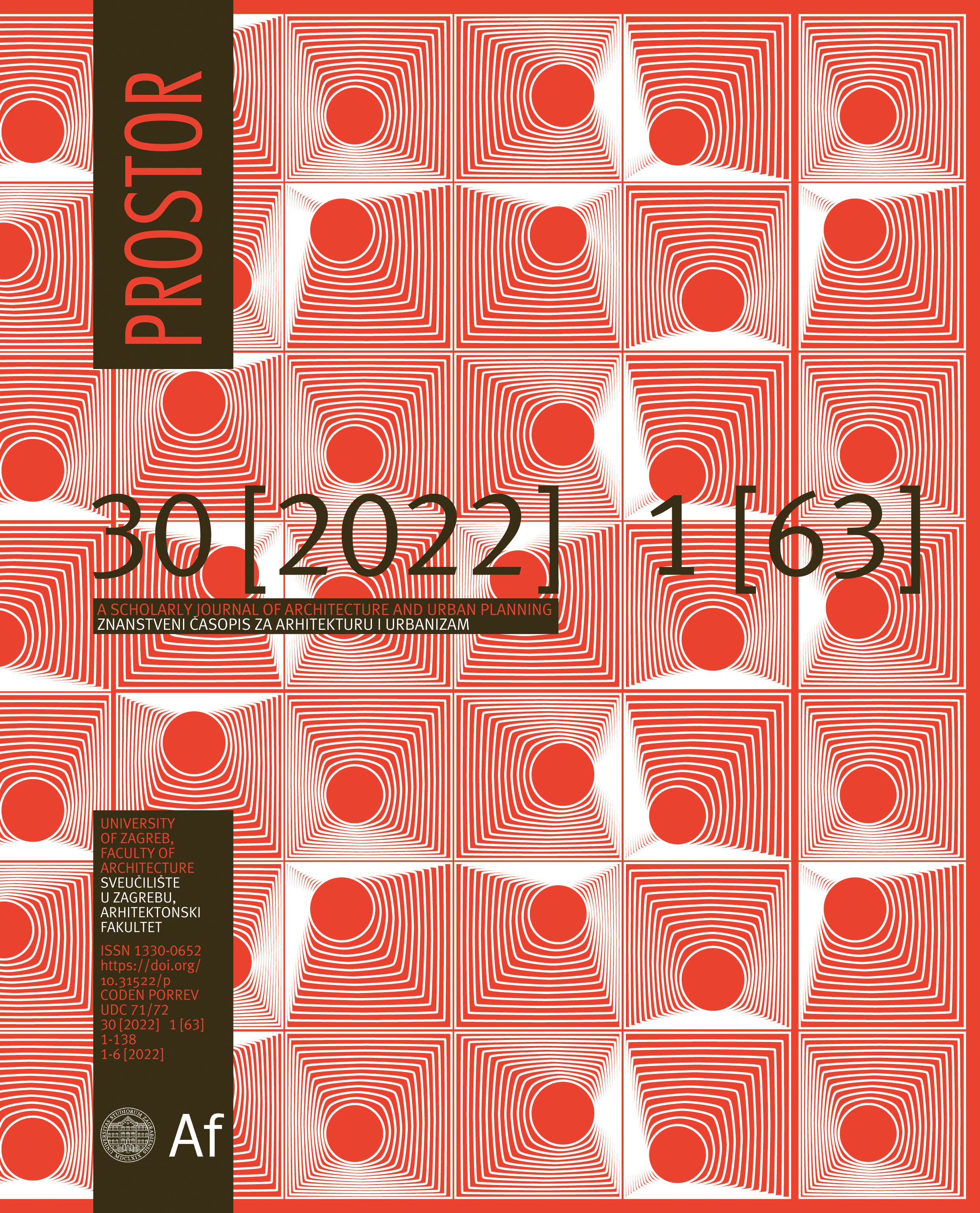Ernest Weissmann’s Architectural and Planning Practices
Continuity of Original Concerns of “New Architecture” and Post-war Reconstruction
DOI:
https://doi.org/10.31522/p.30.1(63).1Keywords:
Ernest Weissmann, International Congress of Modern Architecture (CIAM), self-help, spatial planning, United Nations Department of Social Affairs (UN DESA)Abstract
Architect Ernest Weissmann (1903-1985) dedicated his career to improving the living conditions of the deprived population - before and immediately after World War II in Europe and the United States and, starting from the 1950s and owing to senior positions he held at the United Nations Department of Social Affairs [UN DESA], also in underdeveloped countries in Asia, Africa, and Latin America. The means by which he tried to achieve it were type projects flexible enough to respond to each individual case, education, teamwork, and self-help approach. The latter was thought to strengthen the local communities, their experts, resources, and production. Relying on the research on Weissmann’s pre-UN DESA career, this paper argues that Weissmann formulated most of his ideas, in particular self-help, and the above-mentioned methods, and put them into practice and an international perspective, before 1951 thanks, to his collaboration with Le Corbusier, the School of Public Health in Zagreb, the International Congress of Modern Architecture [CIAM], New York-based Structural Study Associates [SSA] group, Board of Warfare, and United Nations Relief and Rehabilitation Administration [UNRRA].
Downloads
Published
How to Cite
Issue
Section
License
Copyright (c) 2022 Tamara Bjažić Klarin

This work is licensed under a Creative Commons Attribution 4.0 International License.
Copyright (c) 2021 authors and journal.
This work is licensed under a Creative Commons Attribution 4.0 International License.
Authors who publish with this journal agree to the following terms:
In agreeing this form, you certify that:
- You read the ethical codex of the PROSTOR available at journal web.
- You submitted work is your original work, and has not previously been published and does not include any form of plagiarism.
- You own copyright in the submitted work, and are therefore permitted to assign the licence to publish to PROSTOR.
- Your submitted work contains no violation of any existing copyright or other third party right or any material of an obscene, libellous or otherwise unlawful nature.
- You have obtained permission for and acknowledged the source of any illustrations, diagrams or other material included in the work of which you are not the copyright owner.
- You have taken due care to ensure the accuracy of the work, and that, to the best of your knowledge, there are no false statements made within it.
- All co-authors of this submitted work are aware of, and in agreement with, the terms of this licence and that the submitted manuscript has been approved by these authors.







